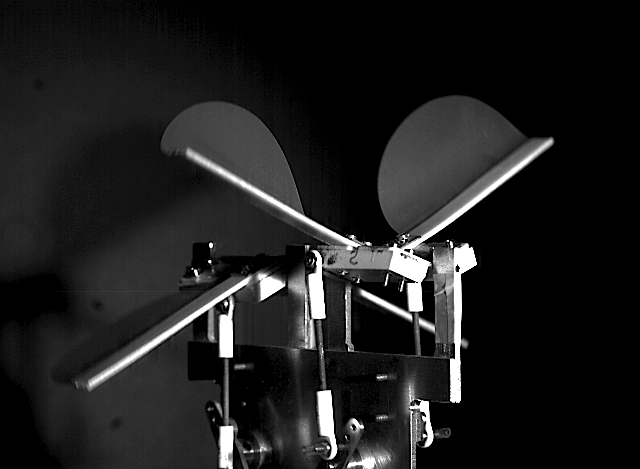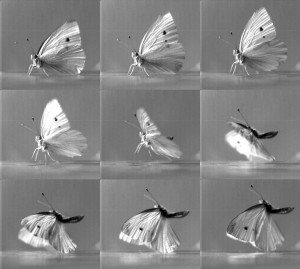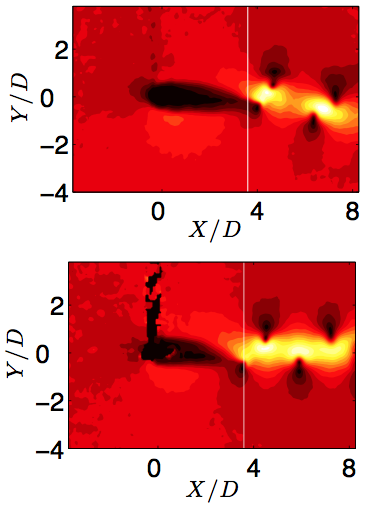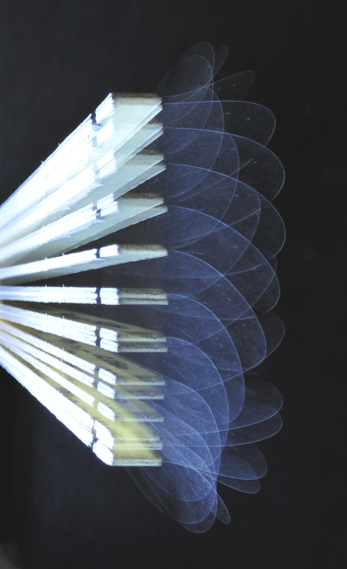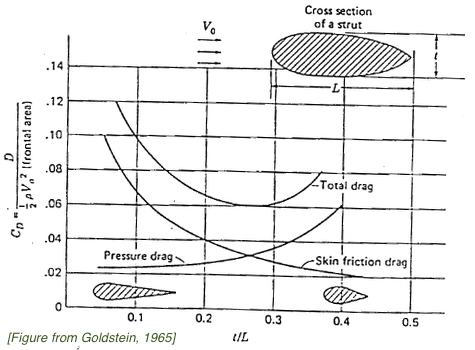 On the diverse roles of fluid dynamic drag in animal swimming and flying
On the diverse roles of fluid dynamic drag in animal swimming and flying
R. Godoy-Diana & B. Thiria
Journal of the Royal Society Interface 15 20170715 (2018)
[doi:10.1098/rsif.2017.0715]
Questions of energy dissipation or friction appear immediately when addressing the problem of a body moving in a fluid. For the most simple problems, involving a constant steady propulsive force on the body, a straightforward relation can be established balancing this driving force with a skin friction or form drag, depending on the Reynolds number and body geometry. This elementary relation closes the full dynamical problem and sets, for instance, average cruising velocity or energy cost. Continue reading “Review paper: Fluid dynamic drag in animal swimming and flying”
